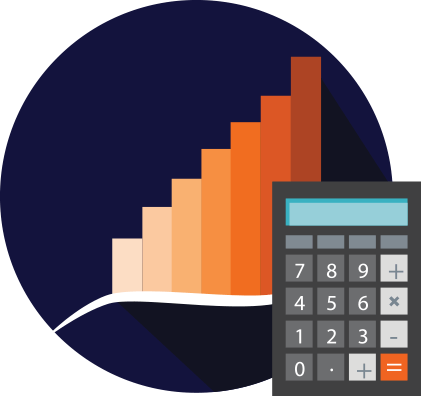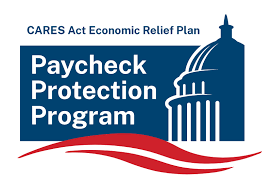One of the biggest issues that business owners are facing during the coronavirus pandemic is how to handle the Paycheck Protection Program (PPP). Guidance has been varying up to this point, and there might still be more changes on the way.
For now, let’s take a look at some of the things you can expect if you’re looking for PPP loan forgiveness, based on some of the latest legislation.
Self-Employed Cap: $20,833
As of the legislation related to PPP loan forgiveness, the cap on the forgiveness amount for the self-employed is $20,833. This change was made to help self-employed business owners and independent contractors qualify for a larger amount of forgiveness. This was convenient because, originally, the cap on forgiveness was $15,385 for sole proprietors, employee-owners, and independent contractors. So, even if someone was approved for more, the cap left a gap. Now that’s closed.
Combined with this is the fact that you need only use 60% of your loan amount for payroll if you want forgiveness. For many entrepreneurs and business owners, meeting this payroll requirement should be fairly easy. The remainder of the loan can be used for other expenses like mortgage, rent, and utilities and still be eligible for forgiveness.
How Can I Apply for PPP Loan Forgiveness?
The next huge question is, “How do I actually apply for PPP loan forgiveness?”
Fortunately, the SBA has released a relatively simple version of its form. However, your lender might not use the SBA form. Instead, they might have their own form. Make sure you watch your email inbox or another form of communication to get information about when your lender provides you with a way to apply for forgiveness.
You have up to 24 weeks to meet the conditions for loan forgiveness, so be aware of that.
In some cases, you might need more documentation. However, some payroll services, like Gusto or ADP, can help you report. Check to see if your payroll service has a way to download a report that can be used as supplementary documentation.
Each lender will have its own process, but you will probably need some type of documentation, whether it’s downloading your QuickBooks information or finding some other way to document how you used the funds.
After the lender receives your information, they will conduct a review, and then submit a report to the SBA, which will conduct its own review within 90 days.
Will There Be An Audit?
There’s a chance your application and use of funds will be audited. Make sure you have your ducks in a row and appropriate documentation. Depending on the situation, you might already qualify for a safe harbor. But be careful. One man was arrested after he spent PPP funds on a Lamborghini.
If you have a loan of more than $2 million, you’ll probably be audited. Plus, the SBA wants you to keep your records related to PPP loans for six years. So, even if you aren’t audited in the near future, you could be audited down the road.
As with taxes, it’s a good idea to make sure your records are impeccable.
How Does PPP Loan Forgiveness Impact Taxes?
The PPP does impact taxes. Generally, you can deduct your payroll expenses on your tax return. However, payroll expenses covered by your PPP loan won’t be tax-deductible. So, you might miss out on that perk.
However, the good news is that forgiven PPP loan amounts aren’t taxable. So, while loan forgiveness in some circumstances can be taxable, in this case, it won’t be.
Can I Still Apply for a PPP Loan?
Not at this point. The deadline to apply for a PPP loan was June 30, 2020. However, legislation surrounding COVID-19 relief continues to evolve. So, there might be other measures put in place.
Additionally, the PPP application deadline was already extended once, so it’s not outside the realm of possibility that it could be extended again. Keep an eye on developments, including during the talks about a second stimulus package, to see if anything more comes of the PPP. You never know what might be next, especially with lobbyists and business owners asking for more guidance and updates.
Bottom Line
If you applied for — and received — a PPP loan, it’s a good idea to review the situation and see where you stand. Check to make sure your records are in order. Review where the money has been going and make sure it’s going toward approved expenses. As long as you’ve followed the guidance and made an effort to stay on top of things, you will likely qualify for PPP loan forgiveness. And that’s a win for your business.

